Tips to Tune-Up Your Horse in Spring
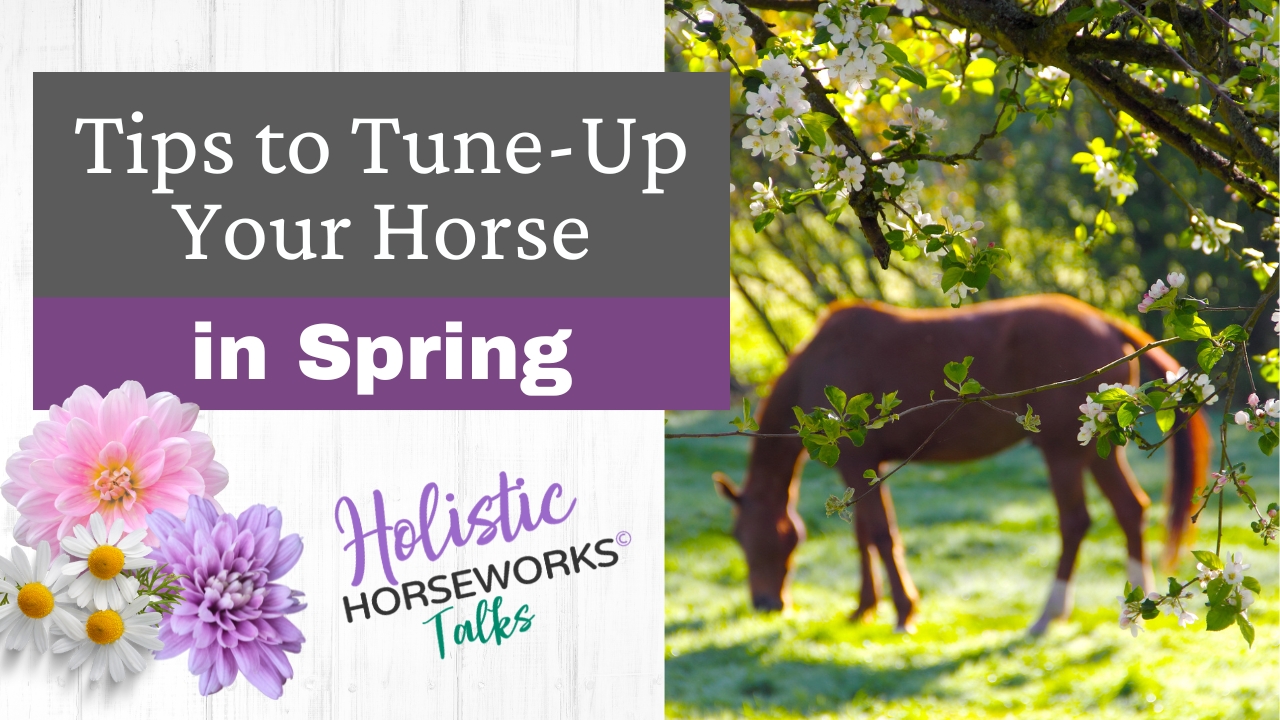
Share This Post:
🦷 Say Ahhh! Springtime Dental Checkups
Spring is the perfect time to schedule a dental exam for your horse. Consider scheduling a thorough dental examination with a qualified equine dentist. This examination should encompass not only routine checks for signs of dental issues but also an assessment of overall dental balance.
An equine dentist can identify and address issues such as sharp points, uneven wear, or dental abnormalities that may impede proper chewing and digestion. By addressing these concerns early on, you can help prevent discomfort, performance issues, and potential complications down the line.
It’s worth noting that routine dental care goes beyond simply floating teeth. While routine floating—or filing down sharp points—is important, a comprehensive dental exam should also include checks for other dental conditions such as malocclusions, periodontal disease, and tooth fractures.
Furthermore, dental health can have a significant impact on your horse’s overall well-being. Poor dental health can lead to difficulty eating, weight loss, behavioral changes, and even systemic health issues. By investing in regular dental care for your horse, you not only ensure their comfort and performance but also contribute to their overall health and longevity.
🐴 Tackling Shedding Season, Fur Real
Spring heralds the onset of shedding season, presenting horse owners with the challenge of managing copious amounts of loose hair. While grooming is essential year-round, it takes on added significance during this time of transition. Regular grooming not only maintains the aesthetic appeal of your horse but also plays an important role in promoting their overall health and well-being.
Investing in specialized grooming tools can streamline the process and enhance its effectiveness. I recommend using a vacuum attachment designed for dog grooming, which proves remarkably efficient at removing loose hair from your horse’s coat. This innovative approach not only reduces the time and effort required for grooming but also minimizes the spread of hair.
Beyond just hair removal, grooming offers an opportunity to assess your horse’s skin and coat condition. Regular grooming sessions allow you to detect any abnormalities, such as skin irritations, cuts, or signs of infestation, enabling prompt intervention if necessary.
🙂 Happy Hooves, Happy Horse
Spring’s muddy conditions pose a challenge to hoof health, requiring proactive care. Regular inspections are key to spotting issues early, such as cracks or wear. Consider incorporating a homemade hoof soak using Epsom salt to promote overall integrity and combat environmental factors.
Protective measures like hoof boots provide defense against abrasions and injuries, especially in challenging terrain. Additionally, proactive management of conditions like white line disease is crucial.
Maintaining a balanced diet and providing ample exercise support healthy hoof growth. Partnering with a skilled farrier ensures regular trims and expert guidance in hoof care.
🧘♀️ Horse Yoga for a Strong Season
After a wintery hibernation, it’s important for your horse to limber up before being ridden! Incorporating yoga exercises into your horse’s routine can have numerous benefits beyond what you might expect. Just as yoga benefits humans by improving flexibility, strength, and balance, it can do the same for horses.
One of the fundamental aspects of horse yoga is its diagnostic value. My horse yoga routine can highlight areas of stiffness, tension, or discomfort in a horse’s body, allowing you to address these issues before they escalate into more significant problems. For example, difficulty in performing certain yoga poses may indicate underlying musculoskeletal issues that require attention.
Moreover, horse yoga can play a helpful role in injury prevention and rehabilitation. By engaging in targeted stretches and movements, horses can improve their overall flexibility and muscle tone, reducing the risk of strain or injury during physical activities. Additionally, yoga can aid in the rehabilitation process for horses recovering from injuries by promoting gentle, controlled movement that supports healing without causing further harm.
🐎 Shape Up to Saddle Up
Your horse may have gained a few pounds over the winter, so it’s time to reassess saddle fit! One of the key elements of rider-horse harmony is the proper fit of the saddle. A poorly fitting saddle can lead to discomfort, pain, and even injury for the horse, ultimately impacting their ability to perform at their best.
To ensure optimal saddle fit, it’s essential to regularly assess both the saddle and the horse’s back. Look for signs of discomfort such as rubbing, pinching, or uneven sweat patterns under the saddle pad. Additionally, observe your horse’s behavior while saddling up, paying attention to pinned ears, swishing tail, or resistance to being mounted.
Collaborating with a knowledgeable saddle fitter or equine professional can help ensure your saddle fits your horse correctly. A professional fitting involves evaluating the saddle’s tree width, panel shape, and overall balance to ensure it distributes weight evenly and does not cause pressure points or restrict movement.
In addition to saddle fit, it’s important to consider the type of saddle pad used. A well-chosen saddle pad can provide additional cushioning and support, further enhancing your horse’s comfort. Opt for pads made from breathable, moisture-wicking materials that provide sufficient padding without adding excess bulk or heat.
And as I so often say, “You can put a straight saddle on a crooked horse!” So much about proper saddle fit relies on proper body alignment. By bringing your horse’s body back into proper form and function with horse bodywork, you can ensure a much more comfortable fit for your horse. Start with the Level 1: Equine Musculoskeletal Unwinding home study.
🍎 Bring Your Horse Back Into Balance This Spring
Noticing stiffness, saddle fit issues, or uneven movement? These can all be signs that your horse’s body is out of alignment after a long winter.
The Level 1: Equine Musculoskeletal Unwinding Home Study is your step-by-step guide to restoring your horse’s natural balance from the inside out. With gentle, intuitive techniques, you’ll learn how to unwind tension, realign the body, and support lasting wellness—right from your own barn.
Rather learn in-person?
Check out our hands-on equine remedial therapy clinics, available all over the globe →
More Holistic Horse Care Education
Horses Are Talking, Are You Listening?
Holistic equine expert April Love wants you to know: your horse is speaking. And once you learn how to listen, everything changes. In her
How a Distance Reading CHANGED Kimberly and Her Horse
In this interview, holistic healing expert April Love uncovers the deep, often invisible threads connecting horse and human wellness. Join Kimberly, host of The
Summer Travel Tips for Your Horse: Keep Them Happy, Healthy, & Hydrated
Traveling to summer shows and events can be exciting, but for our horses, it often comes with a heavy load of emotional and physical
Mud Fever Prevention and Remedies
Mud fever, also known as pastern dermatitis, scratches, grease heel, etc., is a common skin condition in horses caused by a combination of wet
Is It Really a Training Problem, or Is Your Horse in Pain?
If your horse bucks, resists the canter, or just feels off under saddle, the first thing many people assume is that it’s a training
Did You Know That Saddle Fit Issues Are Really Horse Body Issues?
Saddle fit isn’t just about the saddle — it’s about the ever-changing body of the horse beneath it. While it’s tempting to invest in
Useful, Helpful Tips and Tricks for Horse Care | April Love’s Interview on The Backyard Horse Enthusiast
What would you do if your horse was limping, colicking, or spooking—and no one could tell you why? That question lit a fire in
How to Find the Cause of Lameness in Horses
When a horse shows signs of lameness, pinpointing the exact cause can be challenging due to compensatory mechanisms. Horses often redistribute weight and movement
5 Must-Know Hore Care Tips for Winter
In this comprehensive guide, we'll share five essential cold weather horse care tips straight from the experts at Holistic Horseworks.Whether you're dealing with freezing
Dogs Love Bodywork, Too! (Prevents ACL Tears and Hip Displaysia.)
If you’ve ever watched your dog run and noticed something a bit off—like both hind legs moving together or noticeably dragging their toes—it might
Sign Up for Our Newsletter

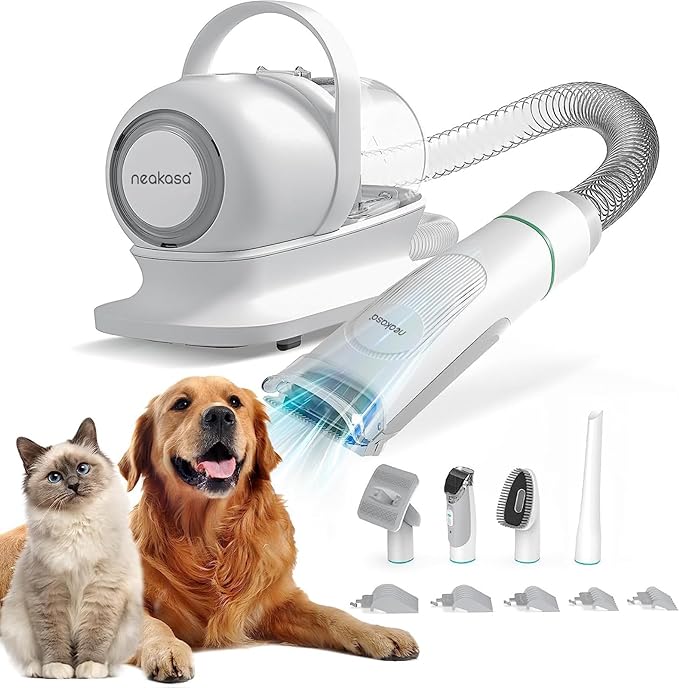
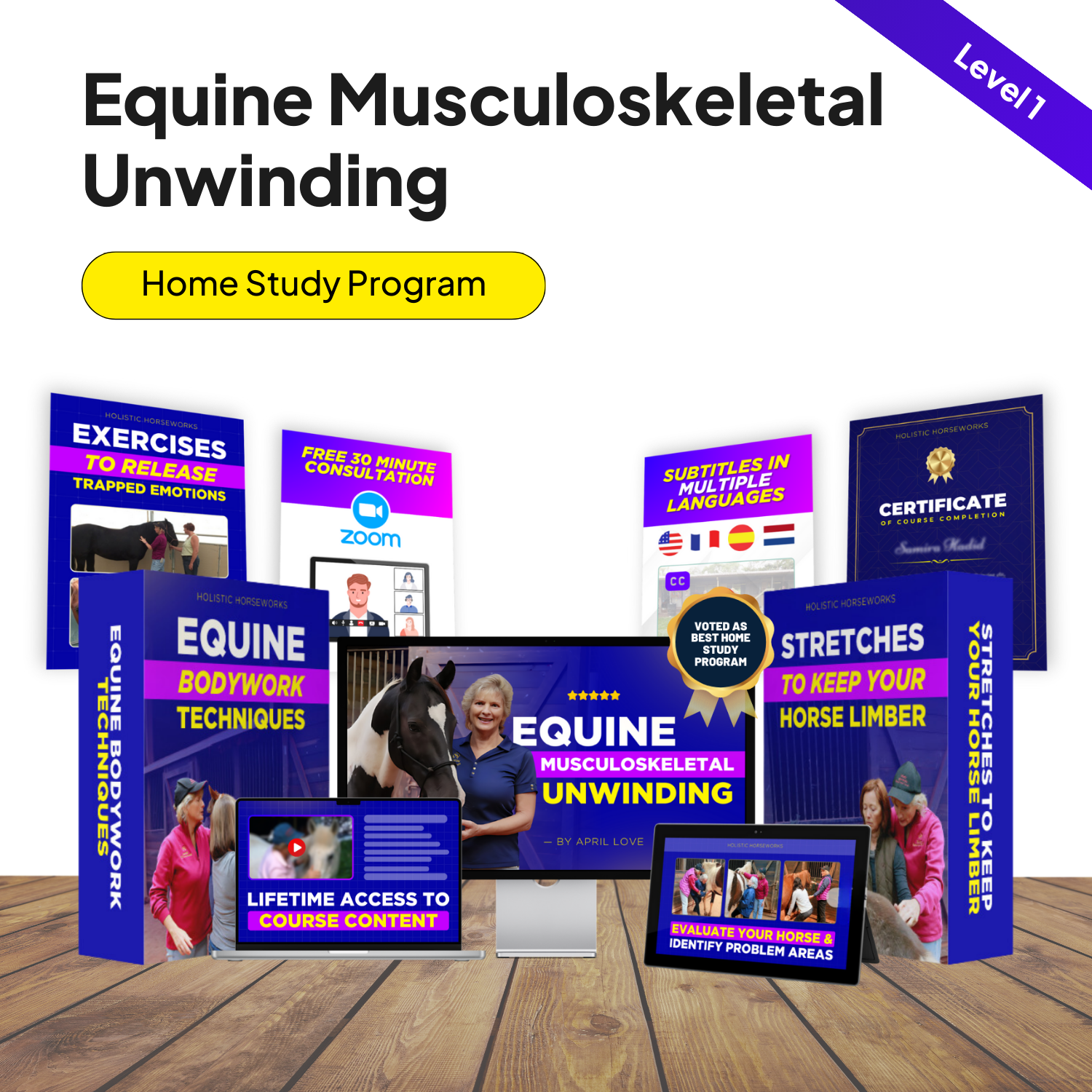
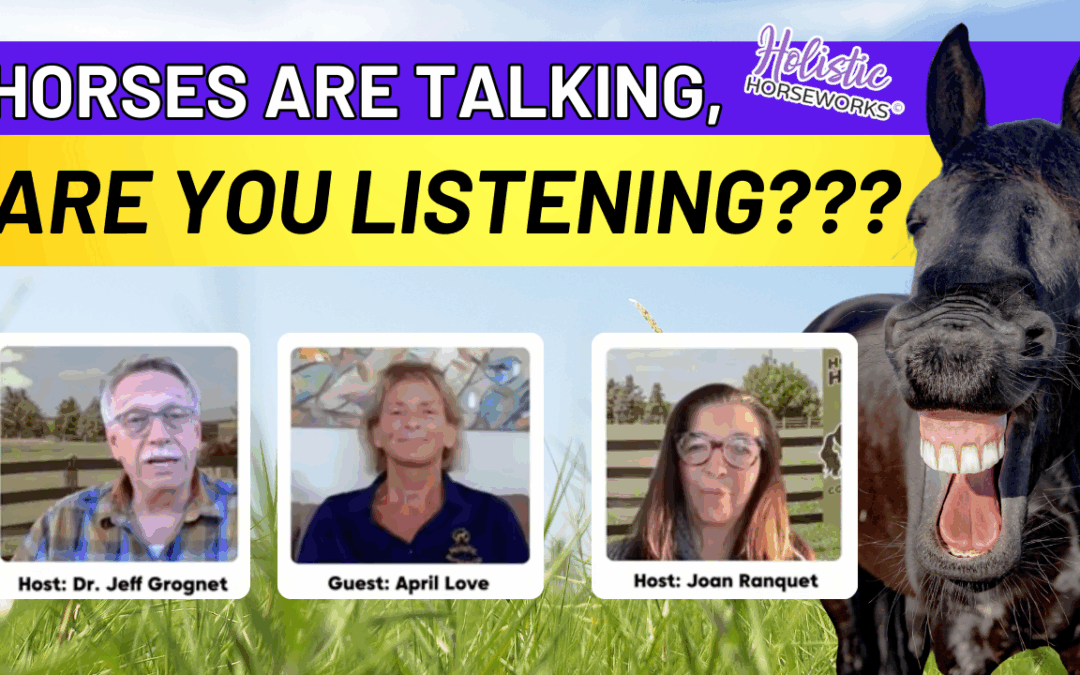


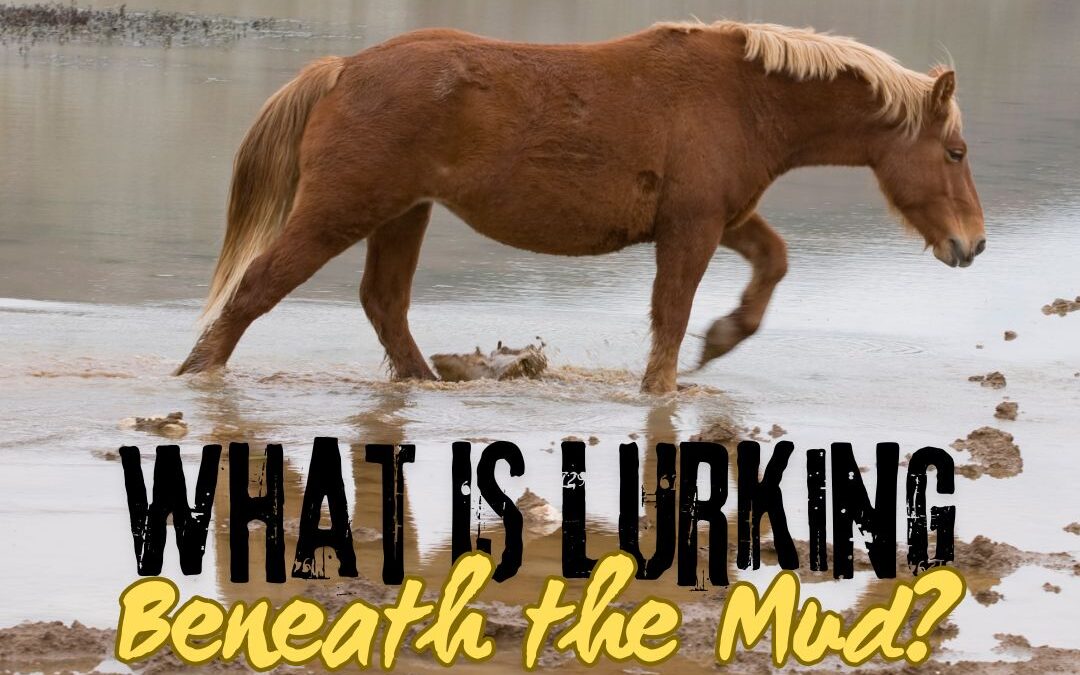
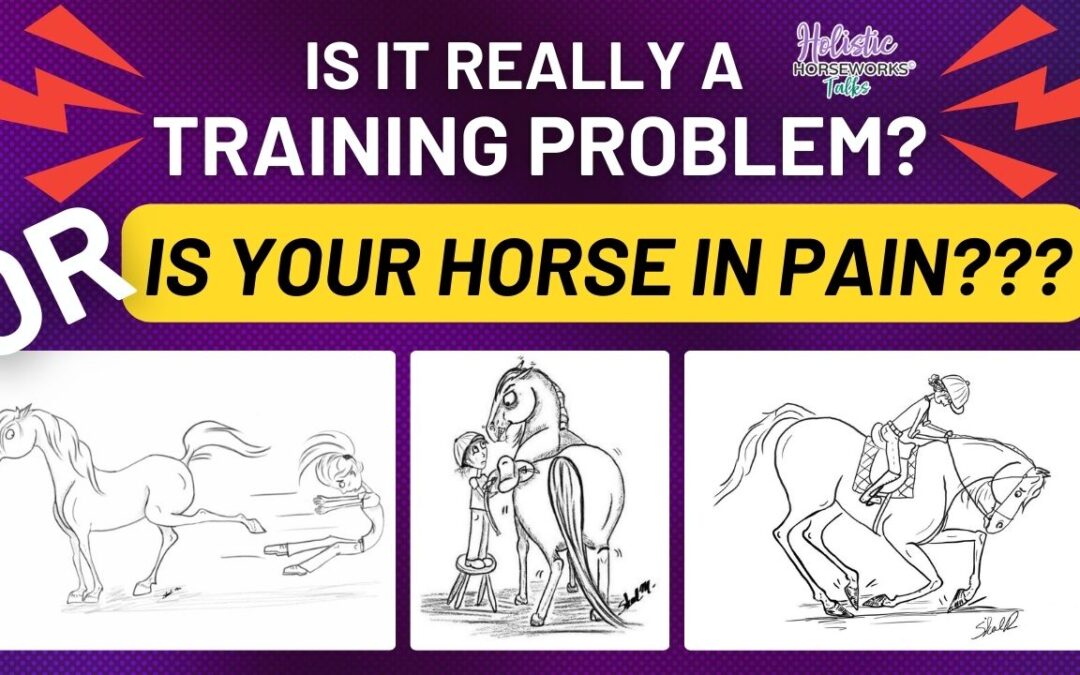
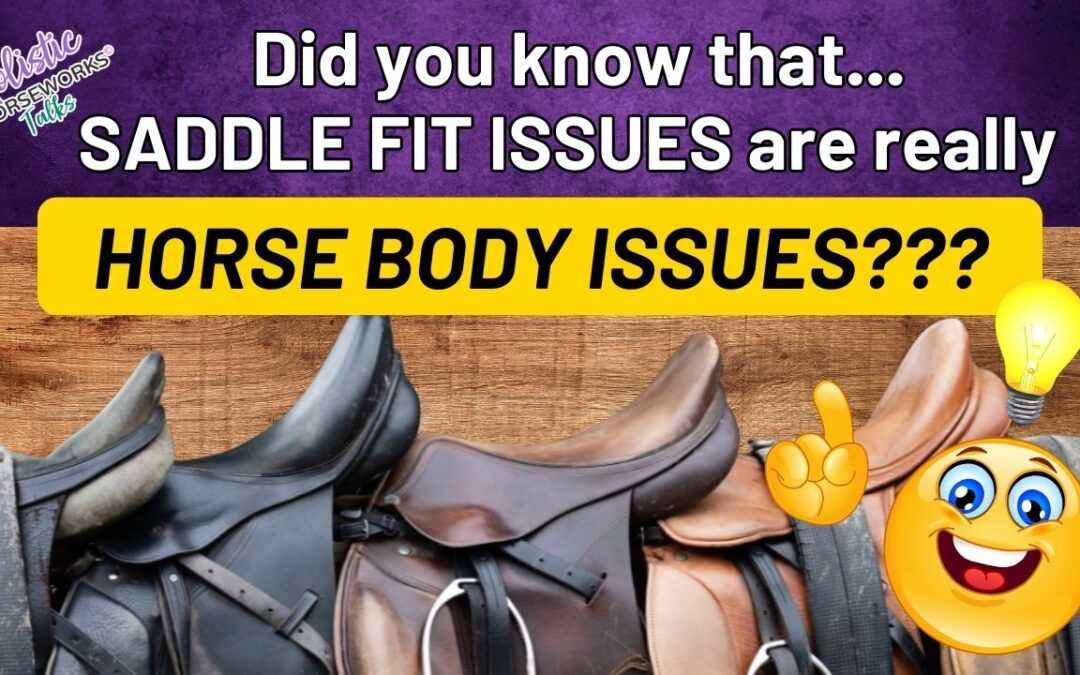
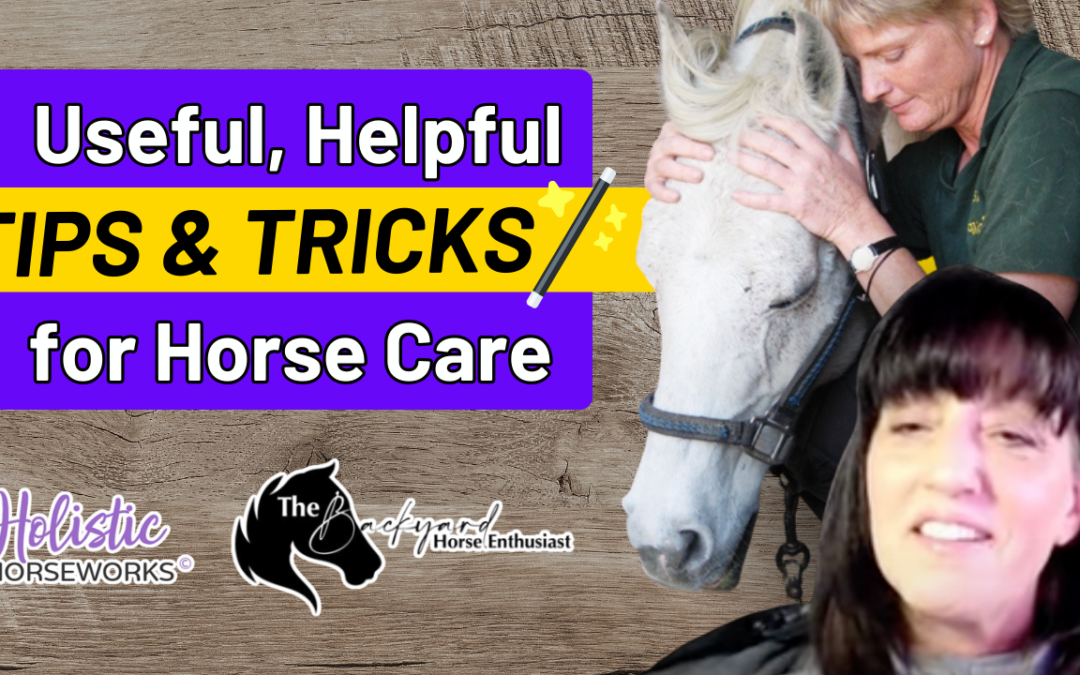
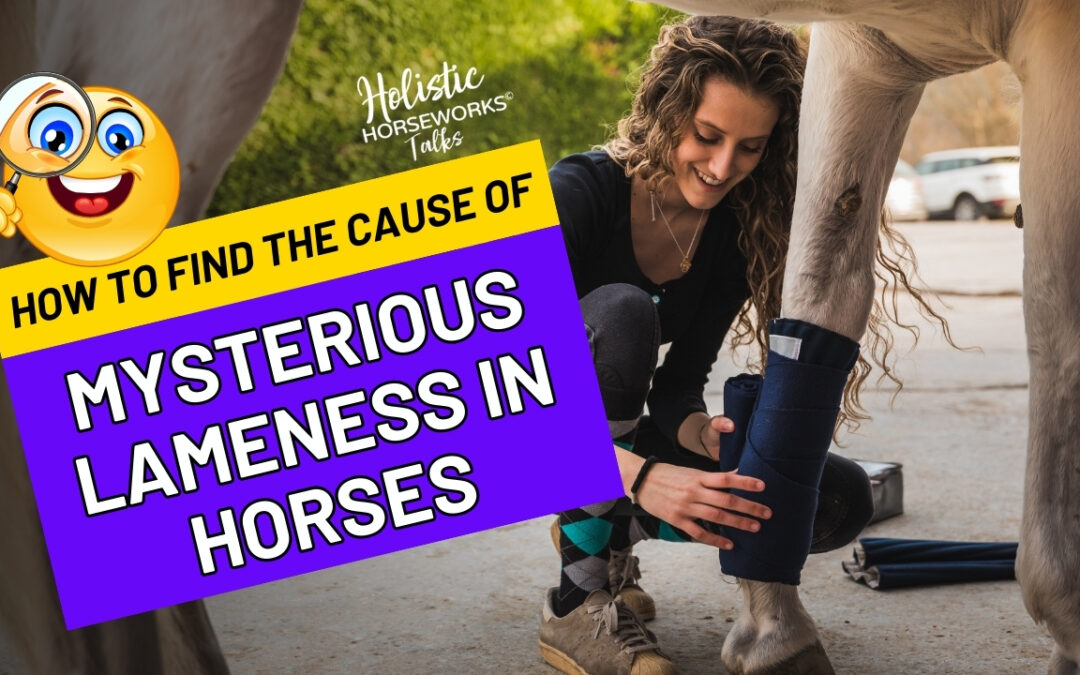


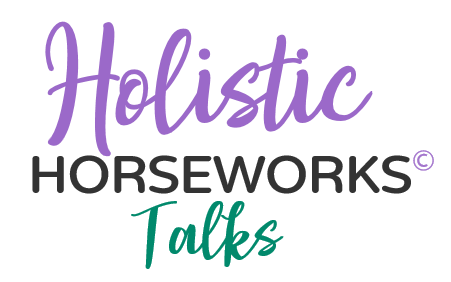
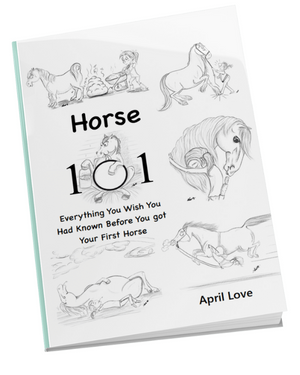
![Complete Level 1 & Level 2 Home Study + Private Training Package [NO DVD]](https://holistichorseworks.com/wp-content/uploads/2022/08/Level-1-and-Level-2-complete-home-study-and-training-package-400x400.jpg)
![Level 1 "Equine Musculoskeletal Unwinding" Home Study -Watch Instantly [NO DVD]](https://holistichorseworks.com/wp-content/uploads/2022/08/Level-1-Home-Study-400x400.jpg)
![Level 2 “CranioSacral Unwinding & Advanced Applied Kinesiology” Home Study - Watch Instantly [NO DVD]](https://holistichorseworks.com/wp-content/uploads/2022/08/Level-2-Home-Study-400x400.jpg)
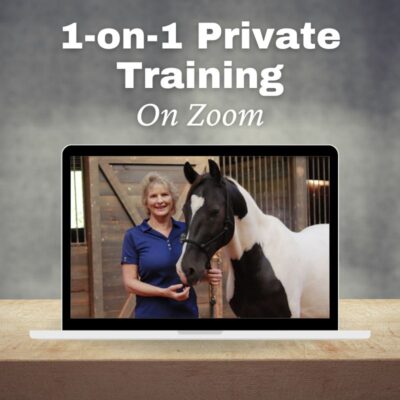
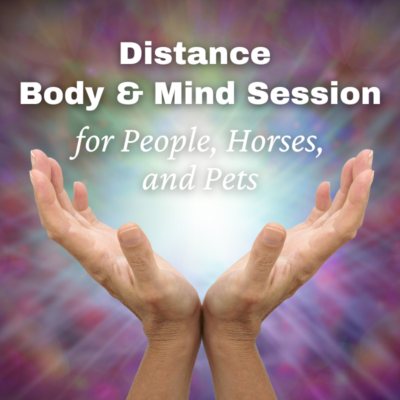
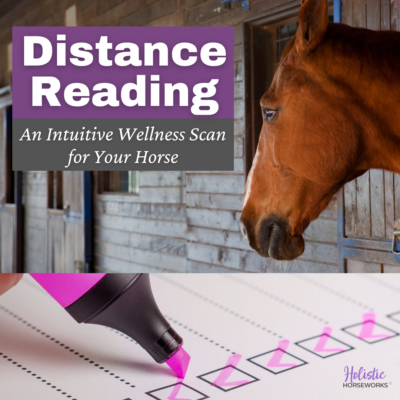
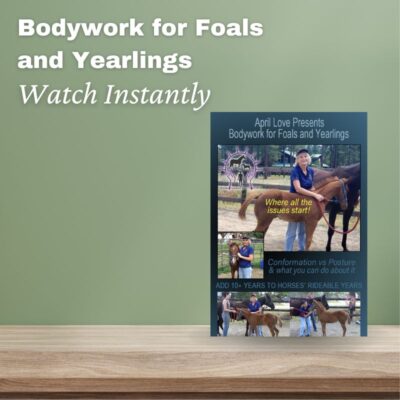
![Equine CranioSacral Energy Work -Watch Instantly [English and French]](https://holistichorseworks.com/wp-content/uploads/2022/09/equine-cranial-sacral-energy-work-watch-instantly-400x400.jpg)